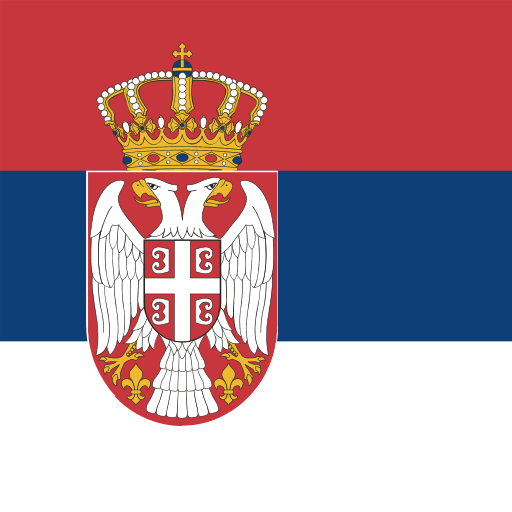Prizren Fortress

Prizren Castle contains an important part of the city's ancient history. Its topographical position, dominant over the city, very attractive natural landscape and well thought out architectural configuration make this locality with indisputable environmental, scientific, historical and tourist values. It is located in the eastern part of the city on a conical-shaped hill. The fortification walls follow roughly oval-shaped ground isohips with elongation in the north-south direction. Written sources say very little about Prizren Castle. The earliest known record is that of the Byzantine chronicler Prokopius of Caesarea in his work "De aedificiis". In this work, among the fortifications repaired in Dardania, this fortress for the first time is identified with the name Petrizen, a name that belongs to the present name of Prizren. In terms of construction it is divided into three separate complexes called: Upper City, Lower City and Southern City, while in terms of fortification through the centuries, it belongs to different periods: Ancient Period, Byzantine Period, Nemanjid Period. and the period of rule of the Ottoman Empire. A more voluminous study was made in 1969, in addition to the archaeological excavations the architectural recording of the Fortress was made. Archaeological excavations made in 1969 and 2004 resulted in the discovery of infrastructure, which is represented by walls reinforced with towers, barracks, labyrinths, warehouses and a range of objects inside. The continuation of archaeological excavations in 2004 and 2009/2011 highlighted a prehistoric settlement from the Bronze Age and early Iron Age that served as the first nucleus of life in this country. Also for the first time these excavations gave traces of architecture and evidence of dated material in the Roman period and late antiquity. During the Ottoman period, the castle was expanded by building and reinforcing fortification walls and was enriched with new facilities such as a hammam, a mosque, and other facilities for military purposes. Its last renovation was done in the third decade of the century. XIXth, from the family of the local bourgeoisie, the Rotlays. Prizren Fortress served its primary function until 1912. Since then the facility has been neglected and the process of its degradation begins. In the years 2008-2010 some restoration-conservation work is started as an emergency measure in preventing this degrading process. Prizren Castle with its dominant position in the city represents one of the most important monuments that attracts visitors to Prizren. Besides the high historical, architectural and scientific values, this locality has great economic value for the development of cultural tourism. Starting in 2010 as part of the international Dokufest Documentary Film Festival, an Open Cinema is improvised at the entrance of the Fortress where various films are broadcast, enriching the function of the Fortress with an important cultural activity.
 en
en al
al srb
srb
Comments (0)
Login to comment